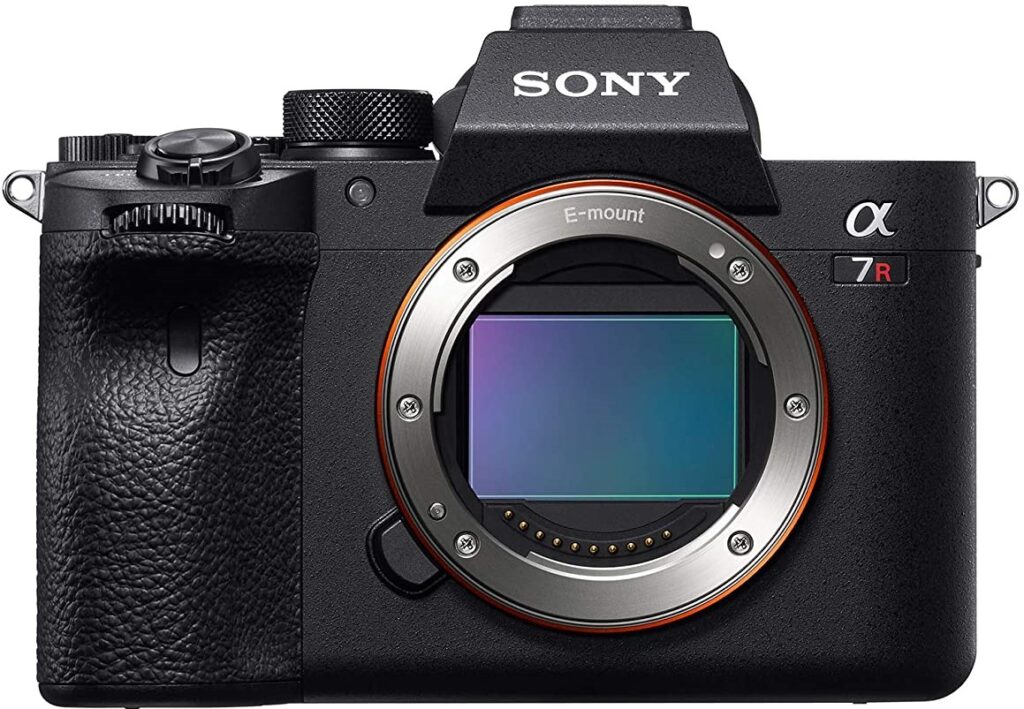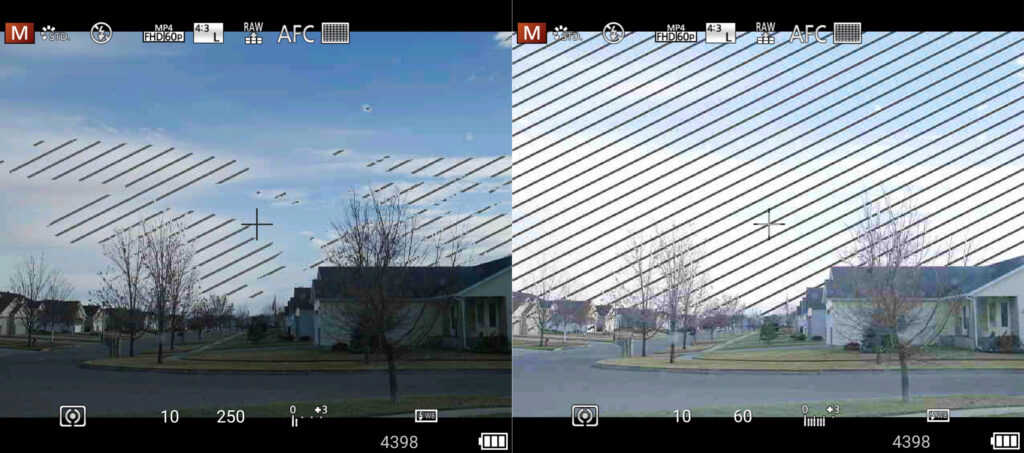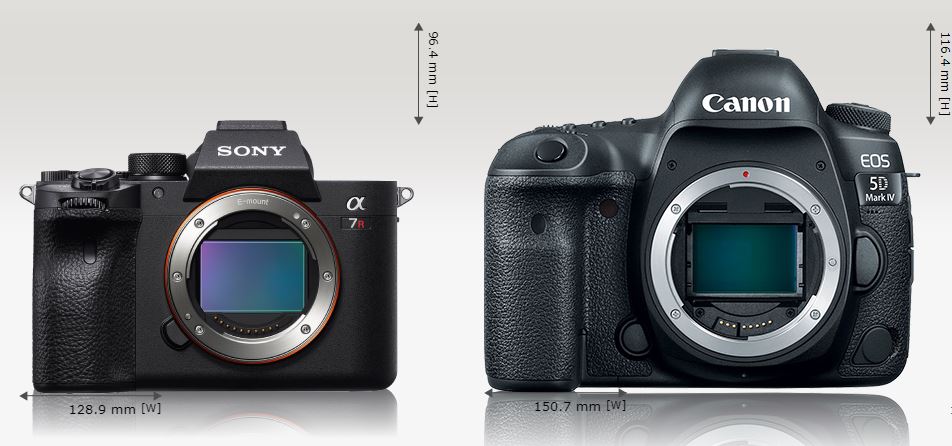Mirrorless cameras are starting to enter the scene of digital photography in a big way. More brands are releasing mirrorless cameras, and they seem to be the future of digital photography. But what are they and how do they work? In this article, we’ll answer all that and more.

What Does it Mean to be Mirrorless?
Mirrorless Interchangeable-Lens Cameras (MILC) are more commonly called mirrorless cameras (I guess people don’t like their cameras being named after dairy products). The reason for their name is simple. You can change the lens and there isn’t a mirror.
You might be asking yourself, “Why not just call it an interchangeable-lens camera? What’s the need for this mirrorless business?” Good question.
Digital Single-Lens Reflex (DSLR) cameras are the answer. They have a reflex mirror and optical viewfinder. The name mirrorless derives from the defining difference of not having a mirror. Why not call a DSLR a mirrored camera? DSLRs came first.
In a mirrorless camera, the viewfinder is digital. Technology has only recently allowed digital viewfinder quality to rival optical, with top of the line mirrorless cameras offering OLED viewfinders with millions of pixels and high refresh rates.
What About Smartphones and point and shoot cameras? While these cameras have many of the same characteristics of mirrorless cameras (the biggest being not having a mirror), they are not called mirrorless cameras as this term is used to describe only mirrorless cameras with interchangeable lenses.
Common Features of Mirrorless Cameras
Phase-Detection + Contrast Autofocus
DSLRs use phase-detection autofocus and it is fast and accurate. Newer mirrorless cameras have phase-detection autofocus that rivals the speed and accuracy. Mirrorless cameras perform autofocus using the main camera sensor as opposed to DSLRs, which use a separate autofocus sensor. Performing autofocus on the main sensor allows for greater speed, more focus points, and better focus tracking. Mirrorless cameras can also use contrast autofocus simultaneously to provide even better focus.
Sony’s mirrorless A9 II (Amazon) shows this advantage with 693-point phase-detection and 425-point contrast detection AF points. This blows Canon’s top of the line DSLR, the 1DX III (Amazon) out of the water with its lowly 191-point phase-detection AF, with no contrast detection AF.
Live View
Mirrorless cameras have features that many DSLRs do not because the sensor is always exposed to light. The sensor is able to show what the expected exposure of your chosen settings are on the back LCD screen and the electronic viewfinder. Mirrorless cameras also have focus peaking (showing glowing dots on the screen where focus is when using manual focus) and zebra stripes (showing areas that are overexposed with moving parallel lines).

Interchangeable Lenses
This is a key feature of both mirrorless and DSLR cameras that make them better than point and shoot cameras. The ability to put different lenses on your camera allows greater quality and specialization. Being able to put on a specialized, high quality lens for a shot is invaluable and results in better photos. Mirrorless cameras have a less established line of lenses than DSLRs, but this is rapidly changing with the shift to mirrorless production by most brands.
Another benefit to interchangeable lenses is reducing the need to purchase new equipment. Lenses can last decades, still be high quality, and perfectly useful. Camera bodies regularly update. If you buy a camera with the same lens mount, you don’t need to spend money on new lenses. The resale value for camera lenses is also quite good, so if you no longer need a certain lens, you can often get a good portion of your money back. If you want to learn more about lenses, check out my article on focal length, perspective, and lenses.
Body Size & Battery Life
Because there is no large reflex mirror mechanism in mirrorless cameras, they can be built smaller and lighter. This also leads to slightly smaller batteries. Beyond this, mirrorless cameras drain battery faster because of the need to always have the sensor, screens, and relatively heavy software running. Many mirrorless cameras would have a hard time taking 400 pictures on a single charge, while DSLRs have no trouble taking thousands.

Various Sensor Sizes
Mirrorless cameras have a larger range of sensor sizes than DSLRs. Bigger is generally considered better in the world of sensor sizes, but there are advantages to smaller sensors, like the Micro Four Thirds sensors found in Panasonic and Olympus cameras. These cameras are smaller, lighter, have smaller lenses that accomplish the same thing, and are often cheaper. There are mirrorless cameras with APS-C and full frame sensors as well. The wide range give options to those looking for different things. Sensor size affects more than the size of your camera and lenses though. To learn more, read my article on sensor sizes.

Many Accessories
Mirrorless cameras have the same breadth of options as DSLRs when it comes to accessories. Most are usable by both DSLR and mirrorless. The only accessories limited to one or the other are those made specifically for a given brand. Speedlights, shotgun mics, wireless triggers, tripods, and gimbals are only some of the many accessories that extend the effectiveness of mirrorless cameras.
Quiet Operation
Mirrorless cameras don’t have a mechanical reflex mirror, like DSLRs. That mirror is what makes the loud clicking picture noise. Most mirrorless cameras still have a mechanical shutter that sits just in front of the sensor, but this makes much less noise. Some cameras can even shoot in complete silence using an electronic shutter mode.
Conclusion
Mirrorless cameras have a lot of features DSLRs don’t, such as live exposure view, zebra stripes, focus peaking, and eye AF. They’re smaller and lighter, have much shorter battery life, and are less ruggedly built. They are great for video, offering features like 4k at lower price points. There are yet more video advantages, such as better continuous AF, and high (120 or even 240) fps HD shooting for action shots and greater control in video editing software. Both Mirrorless and DSLRs have a lot to offer. It depends on what the photographer needs.
